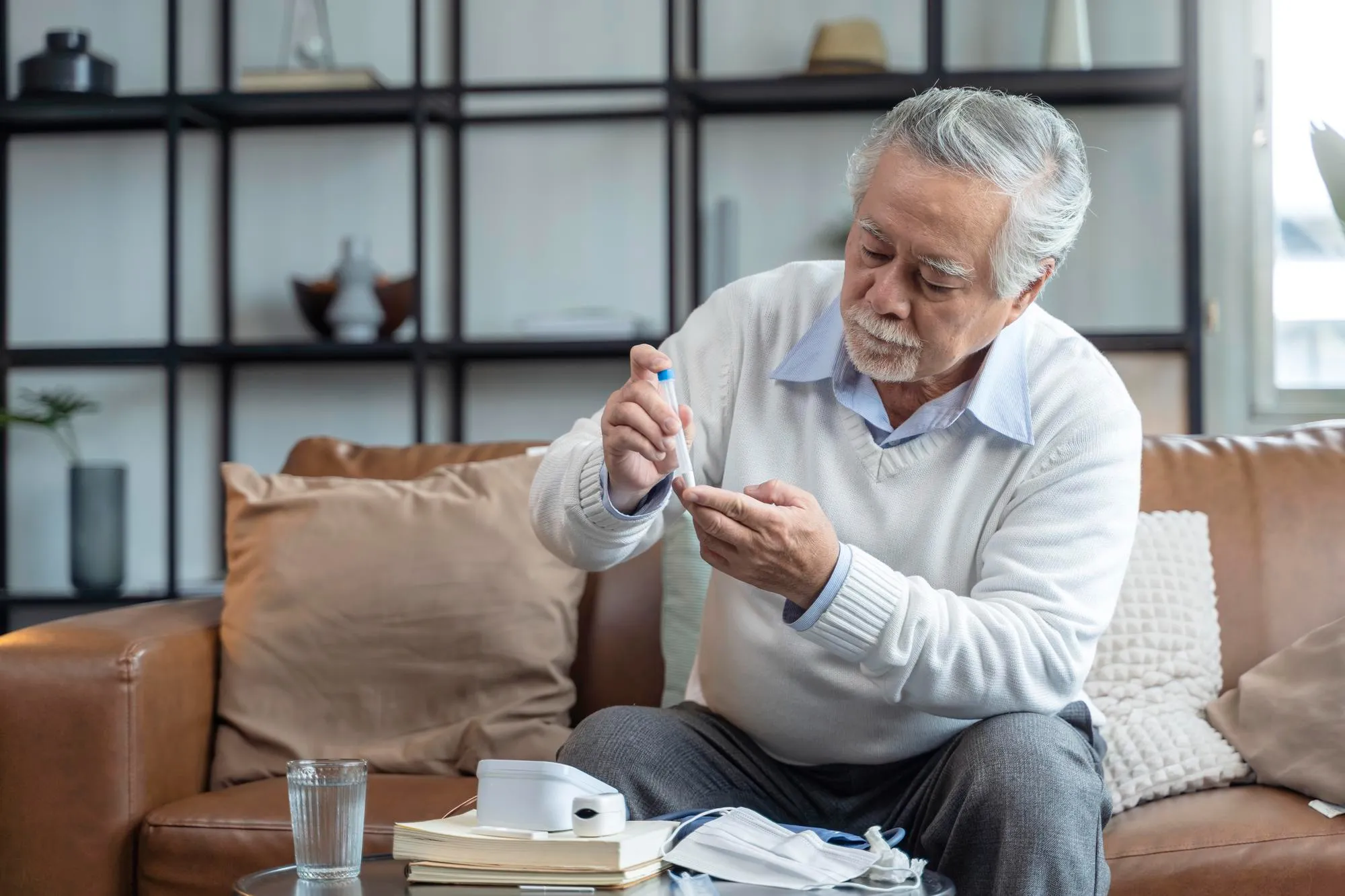The complex interplay between chronic conditions like diabetes mellitus and the pharmacodynamics of drugs used in medical procedures can significantly affect patient care and outcomes. Advanced research in this domain is crucial for ensuring safe and effective pharmaceutical interventions. A recent study investigating the neuromuscular pharmacodynamics of rocuronium in diabetic rats has shed light on how diabetes can alter the effects of this commonly used neuromuscular blocking agent. The findings were made available in the Acta Academiae Medicinae Sinicae (Zhongguo Yi Xue Ke Xue Yuan Xue Bao) on April 28, 2019, with the DOI: 10.3881/j.issn.1000-503X.11169.
Study Design and Methodology
The study, led by Xiao Wen Liu and colleagues at various medical institutions in China, including the Graduate School of CAMS and PUMC and the Department of Anesthesiology at the China-Japan Friendship Hospital in Beijing, utilized a single injection of streptozotocin to induce diabetes mellitus in male Sprague-Dawley rats. The experimental design included a normal control group and diabetic groups at 2-week, 4-week, and 8-week intervals post-induction, with six rats assigned to each group.
To measure the effects of rocuronium, a non-depolarizing neuromuscular agent, researchers employed mechanomyography techniques. This involved stimulating the sciatic nerve with a train-of-four (TOF) pattern to prompt twitch tension changes in the tibialis anterior muscle following the intravenous injection of rocuronium.
Key Findings
The study yielded intriguing results that underscore the physiological changes diabetes can impose on muscle responsiveness to neuromuscular blocking agents. The time course characteristics of rocuronium analyzed, included its onset time and the recovery times to reach a train-of-four (TOF) ratio of 75% (RT75%) and 90% (RT90%). One of the significant findings was a clear impact of diabetes duration on these parameters, with alterations in onset and recovery times observed in diabetic rats compared to those without diabetes.
It was also determined that the half maximal inhibitory concentration (IC50), a measure of a substance’s potency in inhibiting a specific biological or biochemical function, was affected by the presence of diabetes, thereby suggesting a shift in rocuronium dose-effectiveness related to diabetes progression.
Implications for Anesthesiology and Diabetes Management
The research authored by Liu et al. has substantial implications for the fields of anesthesiology and diabetes management. Anesthetic care must be tailored to the individual patient’s physiology, and an enhanced understanding of diabetes-induced alterations in drug response is essential for optimizing outcomes.
Healthcare providers, especially anesthesiologists, must recognize the potential for varied reactions to neuromuscular blocking agents like rocuronium in patients with diabetes. Adjustments to dosing and monitoring may be required to maintain the desired level of neuromuscular blockade and to ensure patient safety during surgical procedures.
Challenges and Opportunities
While the study offers profound insights, it also highlights the need for further research to unravel the complexities of diabetes’ impact on drug pharmacodynamics. For instance, extrapolating these findings to the clinical setting will require additional verification since the study was on an animal model.
Moreover, the interplay between different types of diabetes, varying degrees of disease control, and other comorbid conditions could further complicate this picture, suggesting a rich area for future inquiry.
References
1. Liu, X. W., Gong, R. S., Liu, Z., Zuo, J., & Zhao, J. (2019). Neuromuscular Pharmacodynamics of Rocuronium in Diabetic Rats. Acta Academiae Medicinae Sinicae, 41(2), 149–155. DOI: 10.3881/j.issn.1000-503X.11169.
2. Adams, A. B., & Smith, H. R. (2016). Implications of Diabetes Mellitus in Anesthesia. Journal of Anesthesia & Clinical Research, 7(4), DOI: 10.4172/2155-6148.1000615.
3. Praud, D., et al. (2012). Diabetes Mellitus and Neuromuscular Blockade: An Overview. Anesthesia & Analgesia, 114(2), 349-357.
4. Naguib, M., Flood, P., McArdle, J. J., and Brenner, H. R. (2009). Advances in neurobiology of the neuromuscular junction: Implications for the anesthesiologist. Anesthesiology, 110(2), 432-445.
5. Martyn, J. A. J., & Fagerlund, M. J. (2016). The Pharmacokinetic-Pharmacodynamic Relationship of Neuromuscular Blocking Drugs. Anesthesia & Analgesia, 122(2), 368-378.
Keywords
1. Neuromuscular Blocking Agents Diabetes
2. Rocuronium Pharmacodynamics
3. Diabetes Mellitus Anesthesia
4. Diabetes Rocuronium Sensitivity
5. Neuromuscular Blockade Diabetic Patients
Conclusion
This study by Liu Xiao Wen and colleagues marks a significant advance in understanding how diabetes mellitus affects the pharmacodynamics of neuromuscular blocking agents. As diabetes prevalence continues to rise globally, recognizing such drug-disease interactions will be paramount for optimizing perioperative care and avoiding potential complications. Anesthetic management strategies will need to be more nuanced and patient-specific in the presence of diabetes to maintain efficacy and safety of neuromuscular blockers like rocuronium.
Further research must continue to focus on bridging the gap between animal studies and clinical practice, refining the approach to personalized medicine, and honing the protocols that will guide anesthesiologists in treating diabetic patients undergoing surgery. With continued investigation and application of these insights, patient care can become more precise, leading to better outcomes and heightened safety during surgical procedures.
